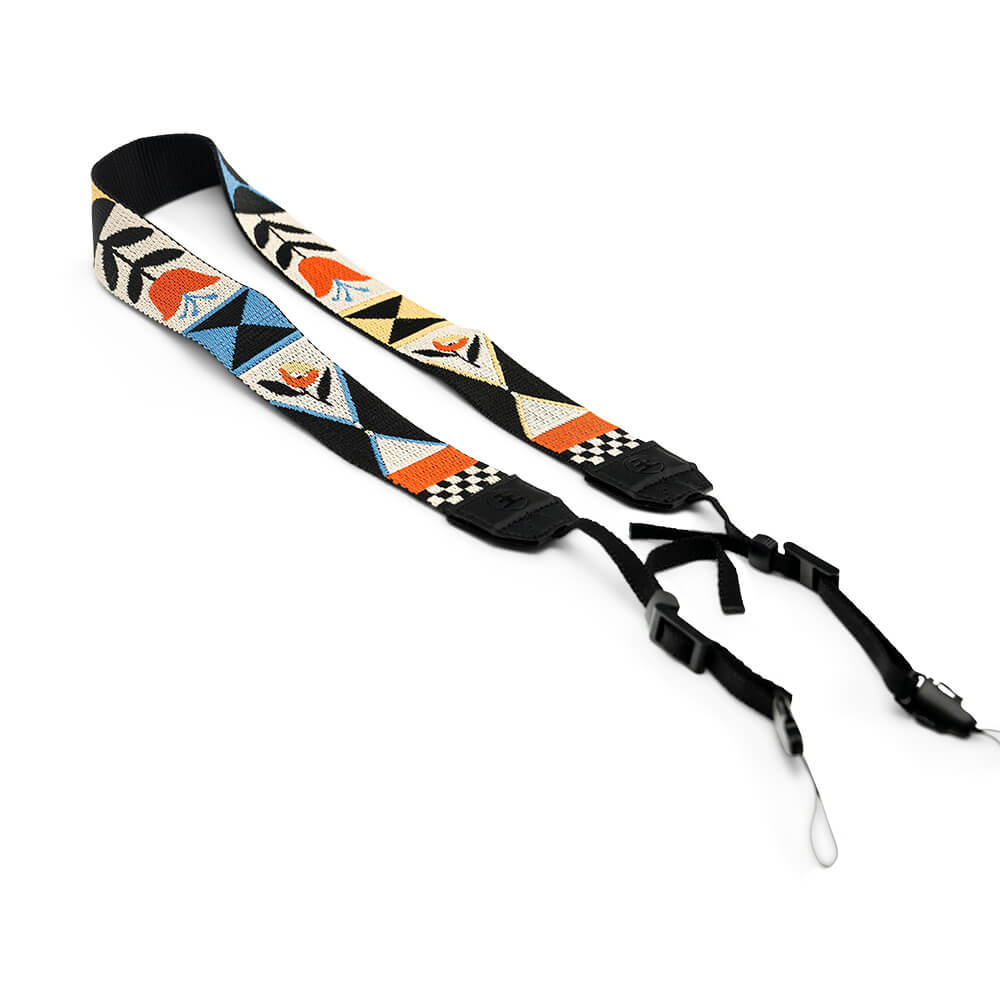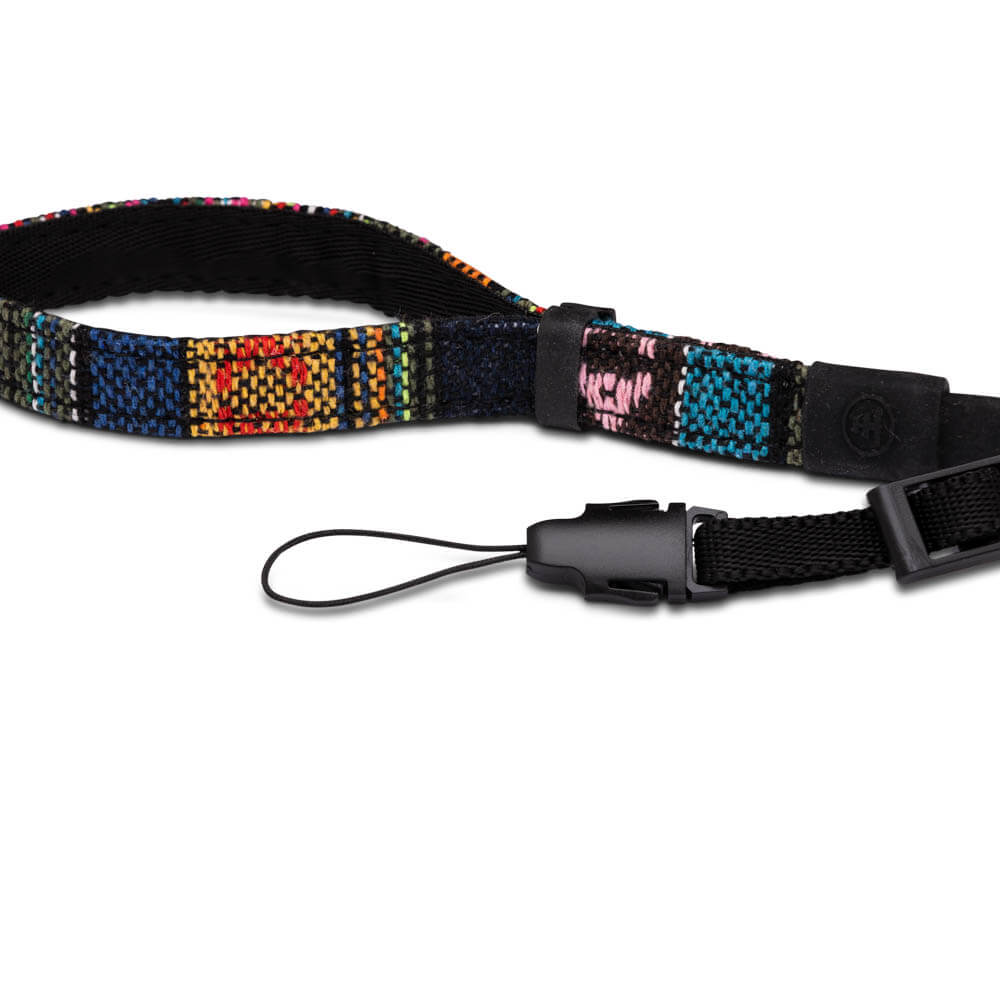For many of us, this particular extinction hits too close to home. Only 10 years ago (2011), the West African black
rhinoceros was declared officially extinct by the ICUN. Despite several conservation efforts, it was simply “too little,
too late.”
The beastly beauty graced our planet for about 55 million years. Fortunately, Man had the opportunity to live amongst
this creature long enough to observe and document it.
Size and Features
Since pictures never do justice, it’s hard to imagine just how big the western black rhino was. I’m sure you know
someone who’s about 6 ft tall — keep that height in mind when you imagine this animals’ size. Pretty incredible!
West African black rhinos were the third largest out of the 5 rhino species (white, Indian, black, Javan, and Sumatran).
Average measurements for the rhino were:
Height: up to 6 ft.
Length: up to 12 ft.
Weight: about 2-4,000 lbs
Front horn (longest of the two) — up to 4.5 ft long
Calves were born without horns, but these developed over time. The horns are made up of keratin, which is the same
protein found in hair and nails. Only the white and black rhinos have 2 horns, while the remaining species have just
one.

Fun fact #1
When rhinos get up to full speed, they run on their toes! Unlike most thick-skinned giants (i.e.,elephants, hippos),
rhinos have only 3 toes instead of 4.
Speaking of thick skin, you’d think this animal would have never had to worry about getting sunburnt. But they most
certainly did, which is why you’d often see rhinos playfully rolling in the mud.
Like all rhinos, the West African black rhino was terribly nearsighted. Within its short visual reach, any sudden
movements could easily frighten it. However, when it came to detecting danger from a distance, the animal could not rely
on its sight. As compensation, nature armed it with extraordinary hearing and an acute sense of smell.
Interestingly enough, black rhinos are not black — just like white rhinos aren’t white. In fact, both are gray. It can
be tricky to distinguish between the two unless you know where to look. The main difference can be seen in the rhino’s
lip. Black rhinos have hooked lips (as opposed to flat), giving them an advantage for separating leaves from branches.

Habitat
The West African black rhinos’ habitat reached across several countries, including Chad, Sudan, and Cameroon. This region is full of diverse ecosystems — open plains, savannahs, grasslands, bushes, shrublands — all of which provide the animal’s necessities.
Diet
While all rhinos are herbivores, this particular species was categorized as a browser. Browsers seek vegetation from trees and bushes while grazers feed on grass and lower vegetation. This explains its differentiating hooked lip, which was adapted for pulling leaves or shoots off of tough branches.

Behavior and Lifespan
Western black rhinos formed symbiotic relationships with local birds — meaning, both parties benefited from the alliance. You scratch my back, I scratch yours! Hungry birds, such as oxpeckers, benefitted from a buffet of parasites they ate from the rhino. In turn, the birds offered not only tick removal but also acted as an alarm, warning the rhino of approaching danger.
Fun fact #2
Are you ready for this one? It has to do with rhino poo. Eww! Of course, any animal that large is going to produce some
wildly large dung. But this animal, at the very least, was tidy with his poo piles; it only defecated in one spot. This
dung pile is referred to as a midden. Think of a midden as a rhino toilet!
On to more pleasant topics — the West African black rhino’s gestation period (pregnancy) lasted 15-16 months. When the
time came, they would give birth to a calf, weighing about 75 lbs. Mom would care for their young for about 3.5 years
until they were sexually mature or a sibling was born. A typical lifespan for western black rhinos was between 35-50
years.

Fun fact #3
A group of rhinos is called a crash. While you’ll often see white rhinos form a crash, the West African black rhinos were not so social. Other than mating and raising young, they tended to be a bit more solitary than the other rhino species.
Extinction
In the eyes of a poacher, the western black rhino was worth more dead than alive. Currently, the going rate for a
western black rhino horn can reach as much as $100,000 per kg. Each horn weighs anywhere between 1-3 kg… you do the
math.
Horns have been used in Chinese medicine for over 2,000 years to treat gout, rheumatism, and fever. The Vietnamese, as
some of the highest payees, use it for the treatment of cancer. However, there’s no scientific evidence supporting its
effectiveness for any of these conditions.
Additionally, the horns symbolize wealth and power and are used ornamentally or as gifts. The Yemeni have even used them
in creating ceremonial knife handles called Jambiya (Arabic for dagger).
By the 20th century, it became apparent that man had done irreversible damage. The West African black rhino population
decreased a whopping 98% between 1960 and 1995.
Although conservationists set forth several revival and protection efforts, it simply wasn’t enough. Since then, WWF has
been establishing a “rhino database” in Africa. This will contribute a broader range of anti-poaching patrols, research,
and investigations to aid in protecting white rhinos.


